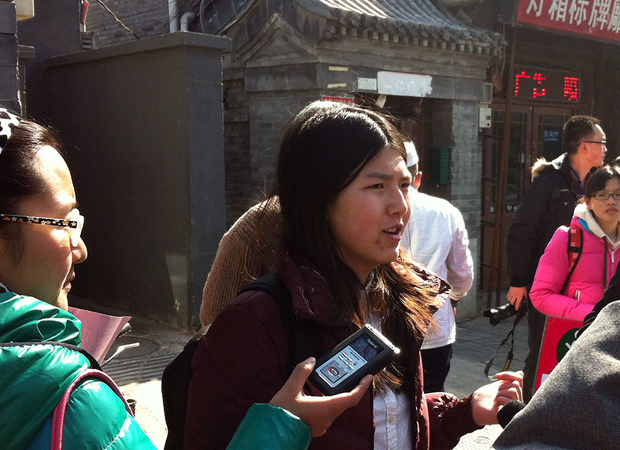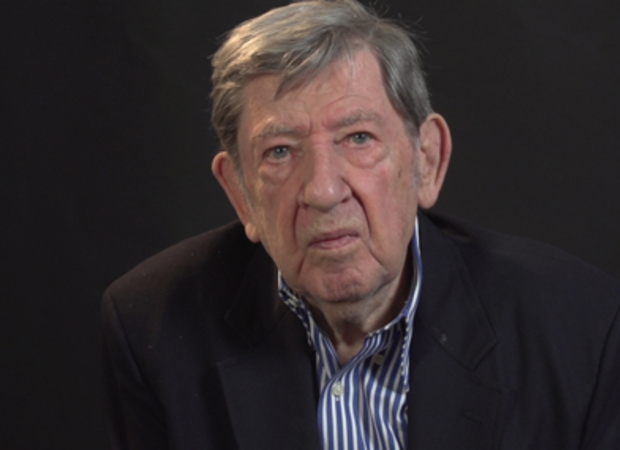Sticking it the Men | Occupy Men's Room
on March 16, 2015
Li Tingting is interviewed by members of the media during the Occupy Men’s Room demonstration in 2012.

Li Tingting is interviewed by members of the media during the Occupy Men’s Room demonstration in 2012.

Thanks to Salem sea captains, Gilded Age millionaires, curators on horseback, and missionaries gone native, North American museums now possess the greatest collections of Chinese art outside of East Asia itself. How did it happen? The China Collectors is the first full account of a century-long treasure hunt in China from the Opium Wars and the Boxer Rebellion to Mao Zedong's 1949 ascent.
The principal gatherers are mostly little known and defy invention. They included "foreign devils" who braved desert sandstorms, bandits, and local warlords in acquiring significant works. Adventurous curators like Langdon Warner, a forebear of Indiana Jones, argued that the caves of Dunhuang were already threatened by vandals, thereby justifying the removal of frescoes and sculptures. Other Americans include George Kates, an alumnus of Harvard, Oxford, and Hollywood, who fell in love with Ming furniture. The Chinese were divided between dealers who profited from the artworks' removal, and scholars who sought to protect their country's patrimony. Duanfang, the greatest Chinese collector of his era, was beheaded in a coup and his splendid bronzes now adorn major museums. Others in this rich tapestry include Charles Lang Freer, an enlightened Detroit entrepreneur, two generations of Rockefellers, and Avery Brundage, the imperious Olympian, and Arthur Sackler, the grand acquisitor. No less important are two museum directors, Cleveland's Sherman Lee and Kansas City's Laurence Sickman, who challenged the East Coast's hegemony.
Shareen Blair Brysac and Karl E. Meyer even-handedly consider whether ancient treasures were looted or salvaged, and whether it was morally acceptable to spirit hitherto inaccessible objects westward, where they could be studied and preserved by trained museum personnel. And how should the U.S. and Canada and their museums respond now that China has the means and will to reclaim its missing patrimony?—Palgrave Macmillan
Publisher's Weekly (January 12, 2015)
Kirkus Reviews (December 7, 2014)
Eve M. Kahn, The New York Times (February 5, 2015)

Shambaugh’s recent essay argued that the “endgame of Chinese communist rule has now begun.”
Cornelia Tremann is currently the Head of Research at the Beijing-based policy advisory firm IDResearch. Previously, she worked as a policy analyst on the United Nations Development Program's (UNDP) South-South policy team in Beijing. She also managed the China-UNDP trilateral cooperation projects and conducted policy research and analysis. She recently received her Ph.D. from the Department of Politics and International Studies at SOAS, University of London, for which the wrote a thesis titled, “China and Madagascar: Engagement, Perceptions, and Developmental Effects.” Tremann also recently published her first academic article in the African Review of Economics and Finance on Chinese migrants in Madagascar.
Waning interest worries those who view having Americans who speak Chinese as a matter of national interest.
As China’s middle class—wired, ambitious and worldly—grows, its members increasingly are intolerant.
Ryan Mitchell is an Assistant Professor of Law at the Chinese University of Hong Kong. He received his J.D. from Harvard Law School, and his Ph.D. in Law from Yale University, where he was also a Mellon Foundation Humanities Fellow. His research focuses on legal history and theory, Chinese law, and international law. Previously, he worked as an attorney on Chinese human rights and legal development issues in Washington, D.C. and Beijing. He is a member of the State Bar of California.
New data from the International Energy Agency a sign that efforts to control pollution are gaining traction.
Shambaugh's deep flaw is that he looked at China with a bias, completely ignoring the positive aspects.